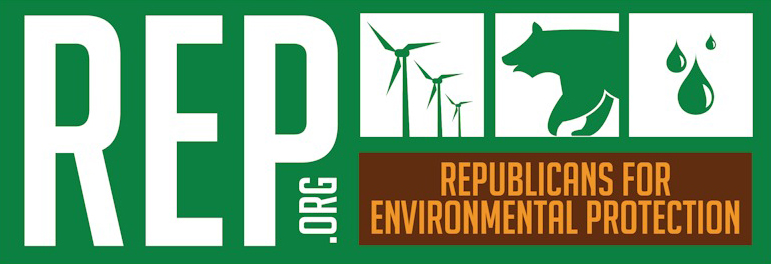
WHEN THE GOP WAS GREEN
SHOWCASE OF TRUE-GREEN GOP HEROES
Republicans for Environmental Protection believes it’s time to revive this Grand Old Pro-Conservation and Pro-Environmental Protection Party.
Consider the 20th Century’s “True-green GOP heroes” below.
Is there any reason why we can’t find more like them in the 21st Century?
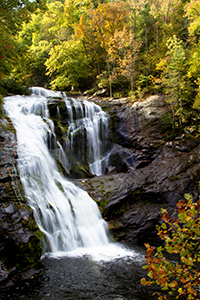
Bald RIver Waterfall at Tellico River in Cherokee National Forest in Tennessee. (photo © Martha Marks)

EPA Administrator William K. Reilly tackled the challenges of air pollution and ultimately solved the problem of acid rain.
1990s
AN ACTUAL REPUBLICAN ENVIRONMENTALIST HEADED THE ENVIRONMENTAL PROTECTION AGENCY IN A REPUBLICAN ADMINISTRATION.
Soon after George H. W. Bush was elected president in 1988, he recruited a well-respected Republican environmentalist, William K. Reilly, to head the Environmental Protection Agency. Reilly already had extensive government experience and was committed to strenthening the role of science at the EPA.
In their first meeting, Reilly sought the president’s assurance that they would update the nation’s air pollution laws. Mr. Bush said yes, and together they did exactly that. By cutting sulfur dioxide pollution, Reilly successfully addressed the urgent problem of acid rain, which was killing America’s forests, lakes, and rivers in the eastern part of the country. He promoted alternative fuels and recycling, reduced ozone in the air of America’s cities, and aggressively cleaned up Superfund sites.
Reilly was an early advocate for addressing the problem of climate change. He directed EPA scientists to work on the problem. Recognized the role of healthy forests in keeping carbon out of the atmosphere. Became a presence at international forums on the problem. He went with President Bush to the 1989 Paris Economic Summit, the first environment minister ever to attend. He also led the US delegation to the 1992 Earth Summit in Rio de Janiero.
Encouraged by Mr. Reilly, President Bush signed both the Global Climate Change Research Act and an important series of Clean Air Act Amendments.
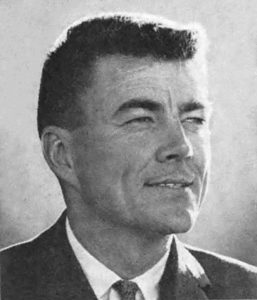
Republican Congressman Pete McCloskey wrote several conservation bills, but his proudest accomplishment was the Endangered Species Act of 1973. He also co-founded Earth Day in 1970.
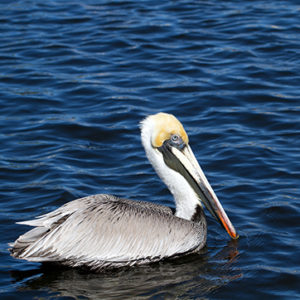
The Brown Pelican almost went extinct in the 1960s, due to its steady diet of DDT-contaminated fish. It is now an ESA success story. (photo © Martha Marks)
1970s
THE ENDANGERED SPECIES ACT OF 1973 RESULTED IN REAL SUCCESS STORIES.
We at REP like to talk about the Endangered Species Act, because it’s an excellent example of how human intervention combined with strong government action can make a difference.
And with special pride we point to one of our Green GOP heroes who is also a long-time friend of REP. In 1973, Congressman Paul N. “Pete” McCloskey (CA) wrote the ESA, then shepherded it through Congress and on to the desk of President Richard Nixon, who signed it into law.
The ESA has been a success, a big factor in the survival of iconic native species like the American Alligator, the Bald Eagle, and the Brown Pelican. Those remarkable creatures and others ultimately roared back from the brink of extinction after spending decades on the Endangered Species List.

The Rio Chama, or Chama River, flows through scenic “Georgia O’Keefe country” in northern New Mexico. With good reason, it is a designated Wild and Scenic River. (photo © Martha Marks)
1960s
THE WILDERNESS ACT OF 1964 AND THE WILD AND SCENIC RIVERS ACT OF 1968 WERE MAJOR GIFTS TO THE AMERICAN PEOPLE.
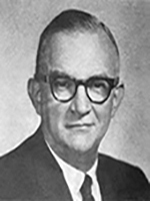
GOP Rep. John Saylor was such an ardent advocate for wild land and wild rivers that conservationists of his day called him “Saint John.”
Congressman John Saylor (R, PA) was a driving forces behind both of these major laws from the 1960s. This dedicated conservationist is the subject of a fine book, Green Republican: John Saylor and the Preservation of America’s Wilderness by Thomas G. Smith (2006).
One excellent example of the rivers and wilderness areas protected under both of these laws is New Mexico’s spectacular Rio Chama, a major tributary of the Rio Grande. It flows through heavily wooded side canyons, historical sites, and a multi-colored sandstone canyon whose walls rise to 1,500 feet above the river. In total, almost 30 miles of the spectacular Rio Chama is Congressionally designated as a Wild and Scenic River. The beautiful area also encompasses the Rio Chama Wilderness Study Area and the Chama River Canyon Wilderness.
HIGHLY RECOMMENDED READING: “Conservatives should return to their roots,” a testimonial to Congressman John Saylor.
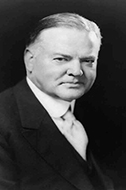
President Herbert Hoover was a genuine “Green GOP” hero.
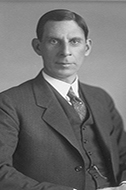
Interior Sec. Ray Lyman Wilbur led a great land-conservation program.
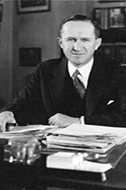
NPS Director Horace Albright made lasting improvements to our parks.
1930s
BELOVED NATIONAL PARKS & MONUMENTS ARE A LEGACY OF THESE THREE GOP CONSERVATIONISTS.
Yes, we all know that history has not been kind to President Herbert Hoover. He is justly blamed for the economic disaster that occurred on his watch. But he, his Interior Secretary R. L. Wilbur, and his National Parks Service Director H. M. Albright left us an enduring legacy of land conservation. During Hoover’s single term in office, he expanded our national parks and monuments by 40%.
Together, these three Republican conservationists gave the original protected status to Arches, Black Canyon of the Gunnison, Canyon de Chelly, Death Valley, Glacier, Great Sand Dunes, Saguaro, Isle Royale, Sunset Crater, White Sands, and a precious collection of Revolutionary War Parks. They also laid the legal foundation for what later would become Everglades, Great Smoky Mountains, Mammoth Cave, and Shenandoah National Parks. In addition, they vastly expanded the amount of protected land at Aztec Ruins, Bandelier, Bryce Canyon, Carlsbad Caverns, Craters of the Moon, Hot Springs, Katmai, Pinnacles, Rocky Mountain, Scotts Bluff, Yellowstone, and Yosemite.

Horses graze in the historic Cades Cove area of Great Smoky Mountains National Park, which was first protected by Republicans Herbert Hoover, Ray Lyman Wilbur, and Horace Albright. (photo © Martha Marks)
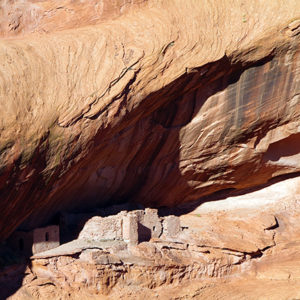
Precolumbian cliff dwellings are protected at Canyon de Chelly and other national monuments around the Southwest because of Republicans John Lacey and Theodore Roosevelt. (photo © Martha Marks)
1900s
TWO REPUBLICANS WHO VALUED HISTORY AND ANCIENT CULTURES RESCUED IRREPLACEABLE NATIVE AMERICAN TREASURES JUST IN TIME.
In the early 1900s, “pot collectors” — today we would call them “looters” — were wrecking Native American cliff dwellings and other archeological treasures throughout the American Southwest. Far from Washington, in “the territories” of the “wild west,” it seemed that nobody and nothing was going to stop them from wiping out everything that was left.
At the urging of a single persistent archeologist, a Member of Congress named John Lacey ventured far from his Iowa home to see for himself some of the places that were being destroyed. His guide was so persuasive that Lacey dedicated the rest of his life to saving those special sites and others like them.
First, Lacey wrote The Antiquities Act of 1906. Then, with the help of a few allies, he pushed it through Congress and on to the desk of President Theodore Roosevelt for signature.
That single act has had more profound results than either Lacey or TR could ever have imagined. In the 100+ years since then, their superb legislative achievement has given presidents of both parties the tool they needed to protect hundreds of remarkable places — natural, historic, or both — that otherwise would have been lost.

John Lacey’s passion resulted in the landmark Antiquities Act of 1906.
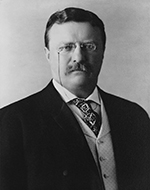
Theodore Roosevelt protected Native American sites through the Antiquities Act of 1906.
Also in this section:
Return to top of page
Photo at top: Thanks to the Clean Water Act of 1972 — which enjoyed such overwhelming bipartisan support that Congress overrode a presidential veto of the bill — high-quality wetlands like this one are safe from development. Simply by being there, protected natural marshes improve the air and water quality of the communities around from them. By absorbing and holding large amounts of water, they minimize flooding. And in addition, their scenic beauty and the wild birds they attract can greatly add to nearby property values. (photo: Shutterstock)
